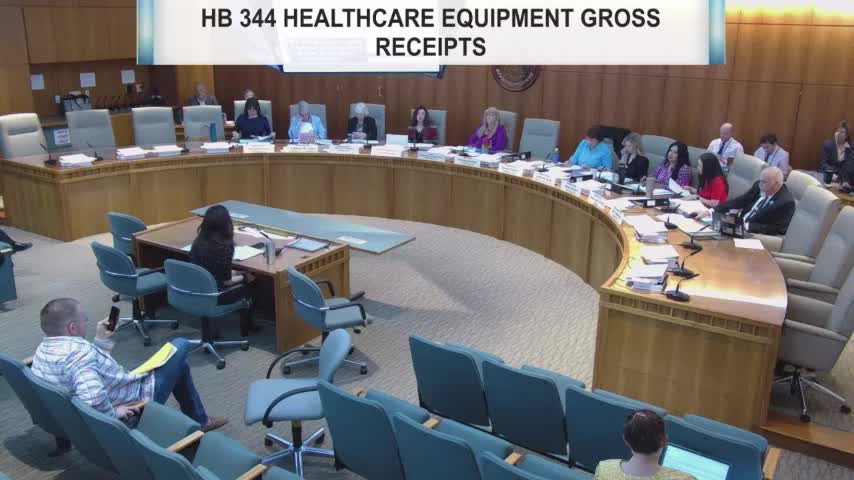New Mexico lawmakers support bill to address healthcare worker shortages
February 26, 2025 | House of Representatives, Legislative, New Mexico
This article was created by AI summarizing key points discussed. AI makes mistakes, so for full details and context, please refer to the video of the full meeting. Please report any errors so we can fix them. Report an error »

The New Mexico Legislature's House Health and Human Services Committee convened on February 26, 2025, to discuss a significant bill aimed at addressing the state's healthcare workforce challenges. The meeting highlighted the alarming trend of physician shortages in New Mexico, which has seen a decline in the number of doctors from February 2019 to February 2024, making it the only state in the nation to experience such a loss.
Key discussions centered around three primary factors contributing to this issue. First, the state's high medical malpractice insurance premiums, which are nearly double those of neighboring states, were identified as a major deterrent for physicians. Second, low Medicaid reimbursement rates, despite recent improvements, continue to pose challenges, with approximately 42% of the population relying on Medicaid. Lastly, the state's gross receipts tax (GRT) was noted as a significant barrier, with New Mexico having one of the highest rates in the country, averaging over 7%, compared to Hawaii's capped rate of 4.7%.
Several representatives from healthcare organizations expressed strong support for the proposed legislation, emphasizing its potential to improve recruitment and retention of healthcare providers. Troy Clark from the New Mexico Hospital Association acknowledged the bill's importance in addressing the severe shortage of healthcare workers. Jason Espinosa, executive director of the Greater Albuquerque Medical Association, echoed this sentiment, highlighting the bill's potential benefits for over a thousand physicians in the Albuquerque area.
Additionally, Dana Gray, representing the Desert States Physical Therapy Network, praised the bill for its efforts to alleviate rising costs for independent practices. Carrie Robin Brunder from the New Mexico Medical Society underscored the long-standing issues with the GRT, stating that the bill represents a significant investment in the state's healthcare system.
The committee's discussions reflect a growing recognition of the need for legislative action to create a more favorable environment for healthcare providers in New Mexico. As the meeting concluded, members of the committee were encouraged to consider the bill's implications for the future of healthcare in the state.
Key discussions centered around three primary factors contributing to this issue. First, the state's high medical malpractice insurance premiums, which are nearly double those of neighboring states, were identified as a major deterrent for physicians. Second, low Medicaid reimbursement rates, despite recent improvements, continue to pose challenges, with approximately 42% of the population relying on Medicaid. Lastly, the state's gross receipts tax (GRT) was noted as a significant barrier, with New Mexico having one of the highest rates in the country, averaging over 7%, compared to Hawaii's capped rate of 4.7%.
Several representatives from healthcare organizations expressed strong support for the proposed legislation, emphasizing its potential to improve recruitment and retention of healthcare providers. Troy Clark from the New Mexico Hospital Association acknowledged the bill's importance in addressing the severe shortage of healthcare workers. Jason Espinosa, executive director of the Greater Albuquerque Medical Association, echoed this sentiment, highlighting the bill's potential benefits for over a thousand physicians in the Albuquerque area.
Additionally, Dana Gray, representing the Desert States Physical Therapy Network, praised the bill for its efforts to alleviate rising costs for independent practices. Carrie Robin Brunder from the New Mexico Medical Society underscored the long-standing issues with the GRT, stating that the bill represents a significant investment in the state's healthcare system.
The committee's discussions reflect a growing recognition of the need for legislative action to create a more favorable environment for healthcare providers in New Mexico. As the meeting concluded, members of the committee were encouraged to consider the bill's implications for the future of healthcare in the state.
View full meeting
This article is based on a recent meeting—watch the full video and explore the complete transcript for deeper insights into the discussion.
View full meeting
